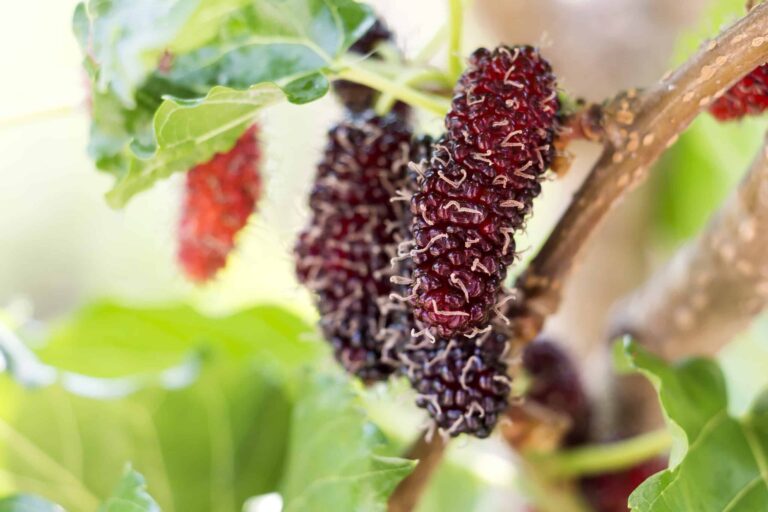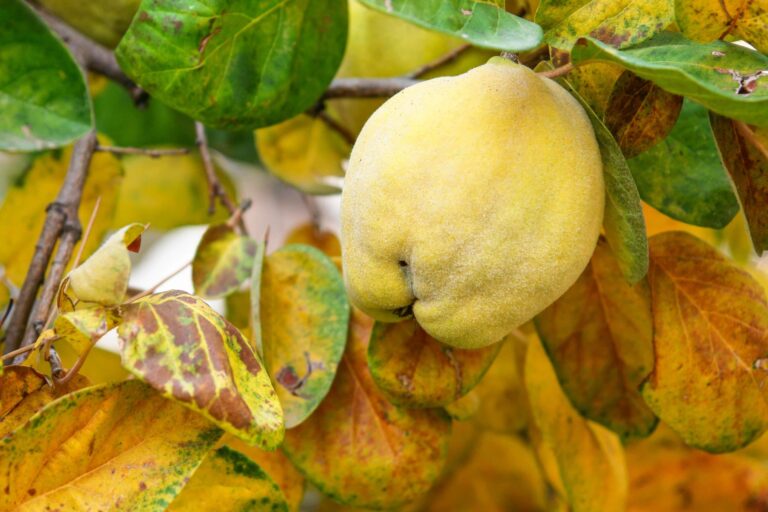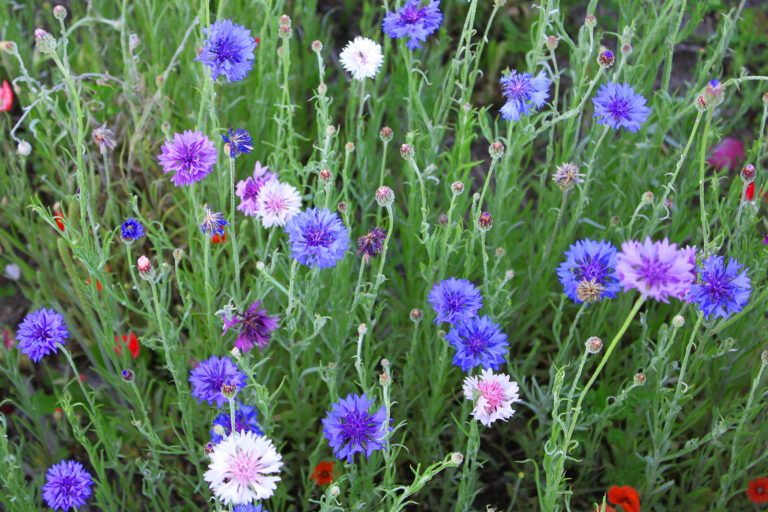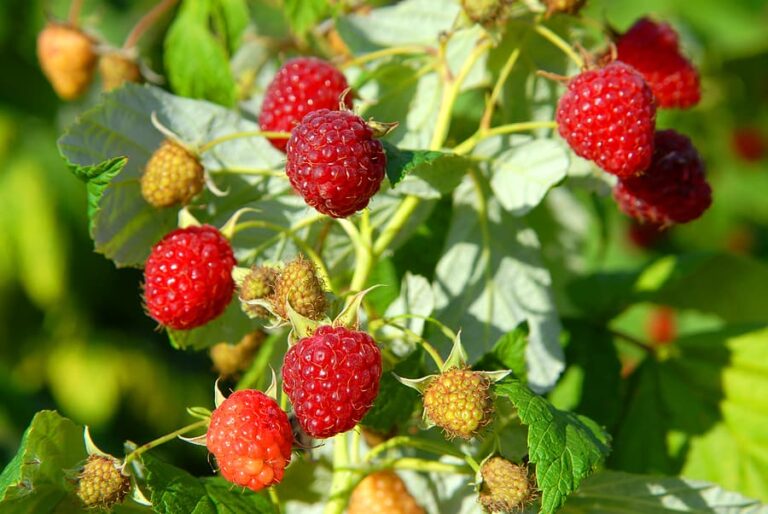How to Grow Godetia — Clarkia
Clarkia–commonly called Godetia–is a Western wildflower adapted to gardens. Godetias put on a showy display of subtle white, lavender, pink, red, and yellow flowers from late spring into summer. The cup-shaped flowers can be single or double.
Godetia is a good choice for mixed borders and mass displays and in meadows and wildflower gardens. Sow seed in place in fall in mild winter regions or in spring. Seedlings are difficult to transplant, but volunteers grow very well.
Garden Success Products at Amazon:
- 10 pcs Stainless Steel Garden Hand Tool Set
- Gorilla Cart 4 Cu. Ft, 300-pound Capacity
- Neem Bliss 100-% Cold Pressed Neem Oil
- Wildflower Seed Mix Attracts Hummingbirds and Butterflies
- Eden Brothers All Perennial Seed Mix
Godetia is native to western South and North America. It is often seen as a wildflower in California. Godetia—true to its wildflower heritage—needs little care.
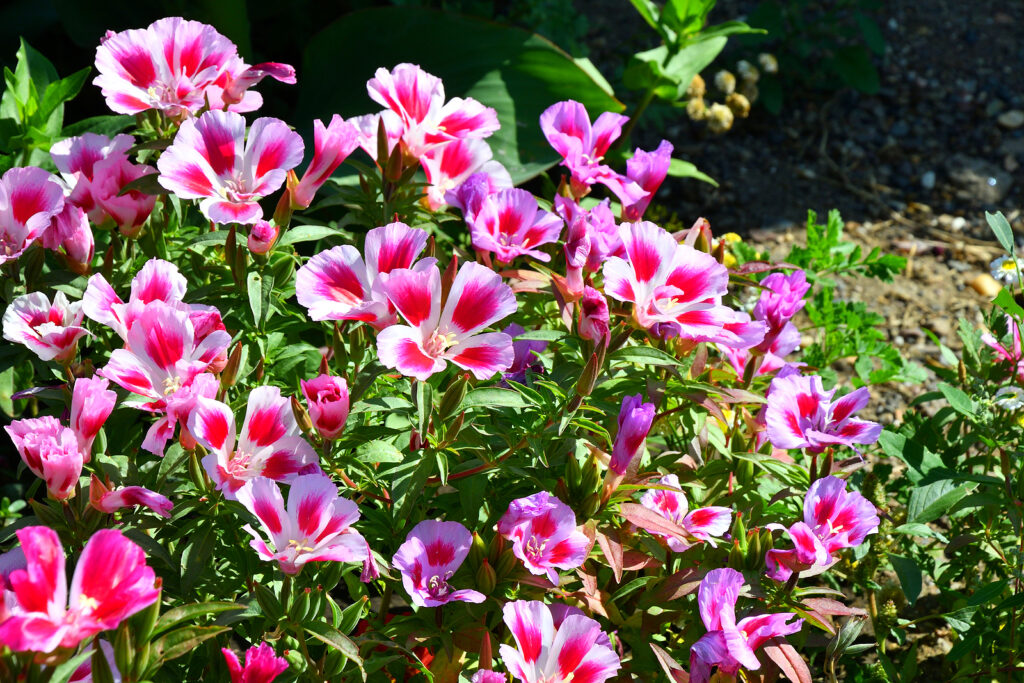
Get to know Clarkia — Godetia
- Plant type: Annual
- Growing Zones and range: Zones 2 to 11, may self-seed
- Hardiness: Best in cool-summer climates
- Height and width: 6 to 24 inches (15-61cm) tall, 9 to 12 inches (22-30cm) wide
- Foliage: Mounds of narrow leaves with spikey reddish stalks
- Flowers: Single, 4-petaled, cup-shaped flowers 2 to 3 inch (50-75mm) wide, new cultivars have double flowers
- Flower colors: Shades of white, yellow, red, pink, rose, and lavender
- Bloom time: Late spring and early summer
- Uses: Seasonal color in beds and borders
- Common name: Godetia, Farewell-to-Spring, Clarkia
- Botanical name: Clarkia amoena
- Family: Onagraceae
- Origin: Western North America
Where to plant Clarkia — Godetia
- Grow Clarkia in full sun in Zones 2 to 5. Grow Godetia in partial shade in Zones 6 to 11.
- Clarkia will grow in most soils that are well-drained.
- Clarkia grows best in a soil pH of 7.0.
- Clarkias do not transplant well; sow seeds where they are to flower.
Clarkia — Godetia uses
- Clarkia is a showy addition to beds and borders. Plant them at the front of a border.
- Clarkia makes good cut flowers. Cut flowers last several days in water.
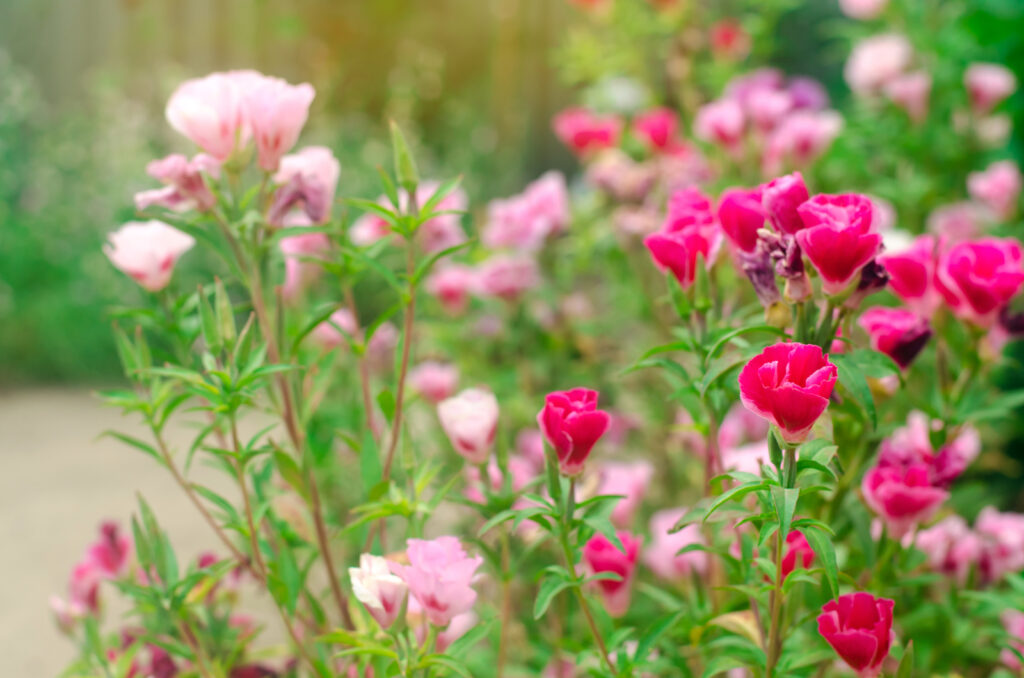
When to plant Clarkia — Godetia
- Sow Clarkia seeds or plant in spring as soon as the soil is workable.
- Sow seeds indoors 6 to 8 weeks before the last frost
- Sow Clarkia seeds in the garden in early spring; in Zones 2 to 7, sow seeds as early as 2 weeks before the last frost; in Zones 9 to 11, sow seeds in fall or early spring.
- From Zone 8 south, sow seeds in fall or late-winter bloom for bloom the following summer.
- Set container-grown Clarkia in the garden after the last frost in spring.
Planting and spacing Clarkia — Godetia
- Sow Clarkia seeds by just pressing them into the soil surface; light is required for germination.
- Clarkia looks best when thickly planted; thin plants to desired spacing, usually not more than 12 inches (30cm) apart.
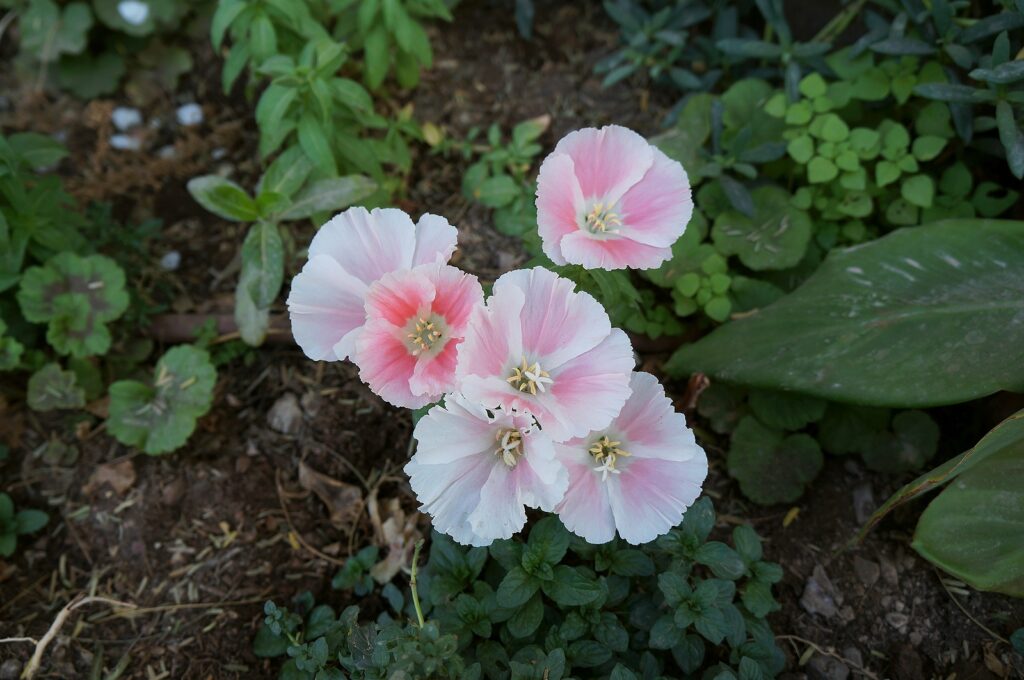
How to water and feed Clarkia — Godetia
- Keep the soil evenly moist for Clarkia. Keep soil moist to about 2 inches (5cm) deep,
- Feed Clarkia every 10 to 12 weeks with high phosphorus, and high potassium fertilizers such as 5-10-10 to encourage blooms.
Clarkia — Godetia care
- Mulch around plants to conserve soil moisture.
- Pinch growth tips for bushy plants
Clarkia — Godetia propagation
- Sow Clarkia seeds in the garden in early spring or during autumn in mild winter regions.
- The soil must be cool for germination; seeds germinate in 5 to 20 days at 55°F (13°C).
- Scatter seeds so plants will grow in clumps.
Clarkia — Godetia varieties to grow
- Clarkia amoena, commonly called Farewell-to-spring and satin flower. Cool-weather annual grows 24 to 30 inches (61-76cm) tall with lance-shaped leaves; clusters of single or double 2 inches (5cm) flowers in shades of lavender to lavender and rose pink in summer.
- C. concinna, red ribbons. Grows to 18 inches tall; feathery pink-to-lavender lower with deeply lobed petal resembling ribbons; bushy plant with oblong leaves.
- C. pulchella. Grows to 15 inches; single and double white, lavender, or carmine flowers; the slender plant has reddish stems and narrow pointed leaves.
- C. unguiculata, commonly called Farewell-to-spring. Cool-weather annual has narrow, strap-like leaves with double flowers; grow 12 to 36 inches (30-91cm) tall with lance-shaped, elliptic, or ovate leaves; solitary 1/2 to 2-inch wide single or double flowers in shades from lavender to rose-pink, salmon, red and red-purple.
Clarkia frequently asked questions
Q: Can I start clarkia seeds indoors to get a head start on the season?
A: No. Clarkia seedlings do not transplant well. Sow seed where plants are to grow after the danger of frost has passed. You can sow in the fall for growth and flowering the following spring.
Q: What growing conditions do Clarkia prefer?
A: Grow Clarkia in a spot with full sun or light shade. Sandy soil with good drainage is best. Do not fertilize Clarkia; no flowers will appear if nitrogen is applied.


